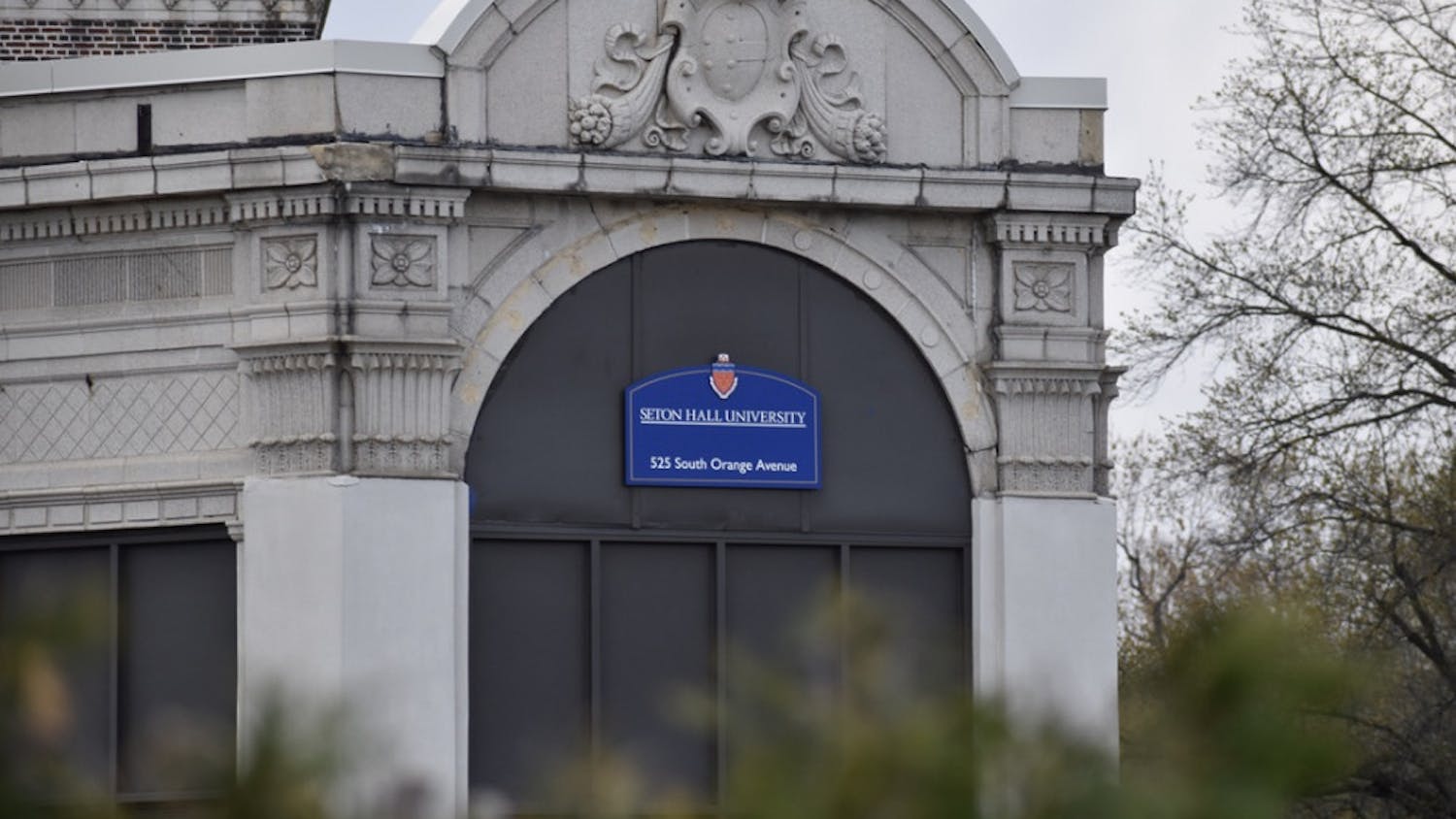[caption id="attachment_15758" align="aligncenter" width="447"] Photo via Clyde Fitch Report[/caption]
The stigma surrounding liberal arts majors became clear to me as early as I started applying to colleges. It was almost as if the world was screaming at me: Liberal arts are fruitless and a waste of your intellect.
I was advised by high school teachers and college representatives to pick a major that was more reliable and financially rewarding. The top 10 of my graduating class was defaulting to the mathematics and science tracks.
Unlike many, I was motivated by my passion for the written word. Majoring in the liberal arts is on a steady decline according to the American Academy of Arts and Sciences, which reported an 8.7 percent decline from 2012 to 2014.
To those who tried to sway me to be an engineer because of my SAT score, I ask why. Why do you want to have a career in something you identify as “practical” rather than one for which I have a passion?
Arguably, a more important question to ask would be why liberal arts majors are widely known as less profitable and available than “career” majors?
An Association of American Colleges and Universities (AAC&U) report from 2014 studied long-term career paths for college graduates with different undergraduate majors. According to the report, workers who majored in humanities or social sciences earn an average of $2,000 more a year at the peak earning ages of 56-60 years old than those who majored in professional or pre-professional fields like business, pre-law or pharmaceutical.
However, physical science, natural science and mathematics majors earn on average about $20,000 more than liberal arts majors at the peak ages in their careers. By comparison, a recent Glassdoor study found that nearly half of the top 50 majors with the highest earnings came from science, technology, engineering and math (STEM) fields.
As for availability, the unemployment rate for liberal arts graduates is only .04 percent higher than the rates of those with professional or pre-professional degrees.
When it comes to exclusivity, the AAC&U report showed that four out of five employers agree that all students should acquire broad knowledge in the liberal arts and sciences. The critical thinking, communication and creative skills that come from the arts prove to be not only useful, but necessary.
People who major in the liberal arts are also necessary to society. The passion, social service and open-mindedness that liberal arts majors contribute in their lives are needed to keep this world evolving. They are just as necessary as the science and math majors.
The point I’m making is not to put down any majors in order to put liberal arts on a pedestal. In fact, it is to say the opposite; that benefits and challenges of one major or career should not take away from another.
Nicole Peregrina is a journalism/public relations major and graphic design minor from North Plainfield, N.J. She can be reached at nicole.peregrina@student.shu.edu.
Photo via Clyde Fitch Report[/caption]
The stigma surrounding liberal arts majors became clear to me as early as I started applying to colleges. It was almost as if the world was screaming at me: Liberal arts are fruitless and a waste of your intellect.
I was advised by high school teachers and college representatives to pick a major that was more reliable and financially rewarding. The top 10 of my graduating class was defaulting to the mathematics and science tracks.
Unlike many, I was motivated by my passion for the written word. Majoring in the liberal arts is on a steady decline according to the American Academy of Arts and Sciences, which reported an 8.7 percent decline from 2012 to 2014.
To those who tried to sway me to be an engineer because of my SAT score, I ask why. Why do you want to have a career in something you identify as “practical” rather than one for which I have a passion?
Arguably, a more important question to ask would be why liberal arts majors are widely known as less profitable and available than “career” majors?
An Association of American Colleges and Universities (AAC&U) report from 2014 studied long-term career paths for college graduates with different undergraduate majors. According to the report, workers who majored in humanities or social sciences earn an average of $2,000 more a year at the peak earning ages of 56-60 years old than those who majored in professional or pre-professional fields like business, pre-law or pharmaceutical.
However, physical science, natural science and mathematics majors earn on average about $20,000 more than liberal arts majors at the peak ages in their careers. By comparison, a recent Glassdoor study found that nearly half of the top 50 majors with the highest earnings came from science, technology, engineering and math (STEM) fields.
As for availability, the unemployment rate for liberal arts graduates is only .04 percent higher than the rates of those with professional or pre-professional degrees.
When it comes to exclusivity, the AAC&U report showed that four out of five employers agree that all students should acquire broad knowledge in the liberal arts and sciences. The critical thinking, communication and creative skills that come from the arts prove to be not only useful, but necessary.
People who major in the liberal arts are also necessary to society. The passion, social service and open-mindedness that liberal arts majors contribute in their lives are needed to keep this world evolving. They are just as necessary as the science and math majors.
The point I’m making is not to put down any majors in order to put liberal arts on a pedestal. In fact, it is to say the opposite; that benefits and challenges of one major or career should not take away from another.
Nicole Peregrina is a journalism/public relations major and graphic design minor from North Plainfield, N.J. She can be reached at nicole.peregrina@student.shu.edu.

Comments




